A Brief History of Oil Painting
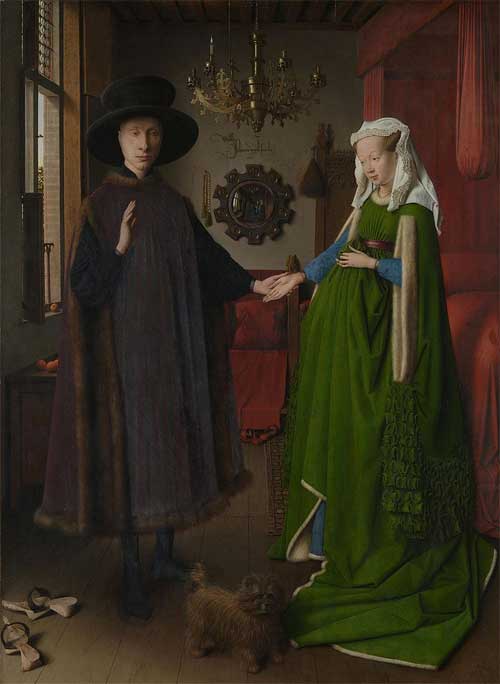
‘The betrothal of the Arnolfini’ by van Eyck
Tempera – dry powdered pigment held in any one of a range of binders – was in wide use by the 10th century. The binder was usually egg yolk but various oils and sometimes wax had been experimented with and, from this, oil paint was developed. Oil paint is basically dry pigment held in a vegetable oil usually either linseed or poppy oil.
There is much debate as to when and why oil paint was initially developed but it was soon found to have greater versatility, longer working time and more subtle rendering than egg tempera. It was used in various forms from the 14th century but credit is given to a group of Flemish artists for refining the development of the paint to become the medium of choice for thousands of artists ever since. Of these artists, it was van Eyck who led the way and whose influence spread to Italy.
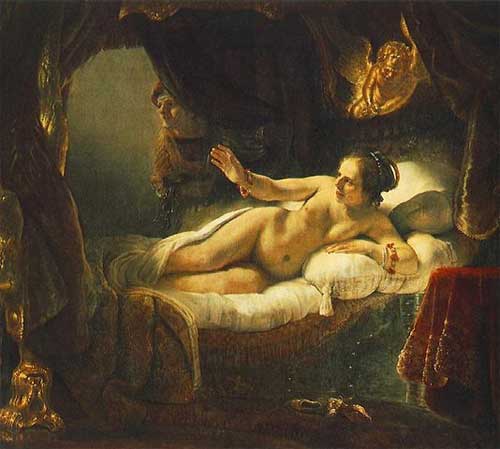
‘Danae’ by Rembrandt
Finding the new oil paint more resilient to temperature and humidity, artists in Venice particularly welcomed its arrival as frescos fared badly in the humidity of the city. Venice was the home of artists such as Bellini and his pupil, Titian. These two men embraced the new medium and quickly explored its possibilities developing new techniques. With the Venetians laying the foundations of what might be possible with the medium, it was again a Flemish artist who laid down principles of oil painting that were followed by generations of artists. This artist was Rubens.
One of the artists he directly influenced was Rembrandt. Rembrandt applied layers of glazes as well as opaque brush strokes over a grisaille, or monochrome underpainting, creating strong tonal pieces with dramatic light. Rembrandt’s methods developed into the academic way of painting by the eighteenth century to such an extent that this was considered the only way to paint . Artists who did not conform to this accepted method were not considered painters of any worth. This resulted in artists, such as Carot, living in comparative obscurity during their lifetimes. Their vision and creativity only being really appreciated after their time.
It was the development in paint production in the nineteenth century that encouraged a break from tradition and the emergence of new ways of using the medium. Studio apprentices made up colour until the late 18th century and then ‘colourmen’s’ shops began opening in Europe offering pre-milled colour. This led to the birth of Impressionism with artists now able to concentrate on colour, atmosphere, light and expressing themselves as much through the brush strokes and the application of the paint as through the subject matter.
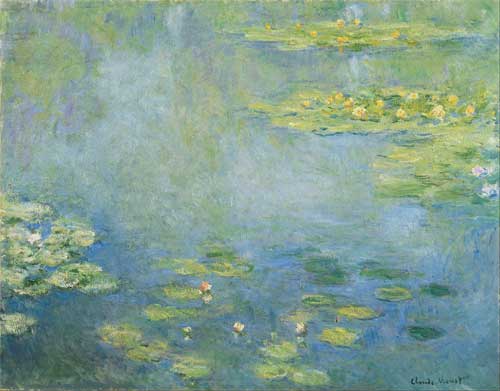
‘Water Lilies – Green Reflection’ by Claude Monet
The impressionist movement is noted for the use of interwoven solid strokes of colour. This was such a departure from the tradition of layered glazes that the artists were initially dismissed as incompetent but the movement gained momentum and laid the way for artists to use whatever techniques and surfaces they felt best suited the piece. This, in turn, allowed such movements as fauvism and abstract expressionism to develop.
The rule book had been torn up and oil became another way to explore themes, theories, moods, subject matter and to challenge the way we saw our world as opposed to just recording a version of reality.
Oil paint had provided the means for artists to explore all kinds of techniques and applications resulting in many new ways of thinking and seeing. This may even have been to the detriment of oils as, to some extent, oil has given way to new man-made media such as acrylic paint as the need for faster drying, more immediate materials grew. But the versatility and readiness for experimentation still makes it one of the most popular mediums.
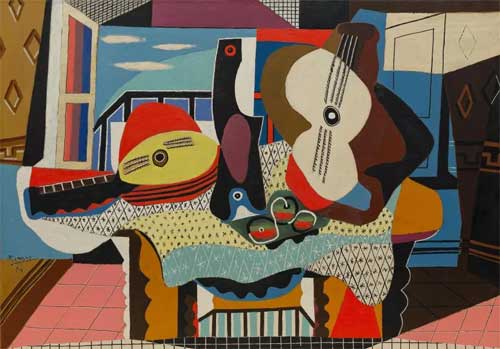
‘Mandolin and guitar’ by Pablo Picasso
In the above piece, Picasso mixed sand with the paint to add extra texture and Van Gogh made the most of the paint straight from the tube to create fantastically rich impasto work such as ‘Starry Night’ and 'A Wheatfield, with Cypresses'.
Modern synthetic mediums, now available for use with acrylic, strive to re-create the effects that can be achieved naturally with oil such as texture and impasto but even the best flow enhancers and gloss mediums can not reproduce the translucency of oil glazes.
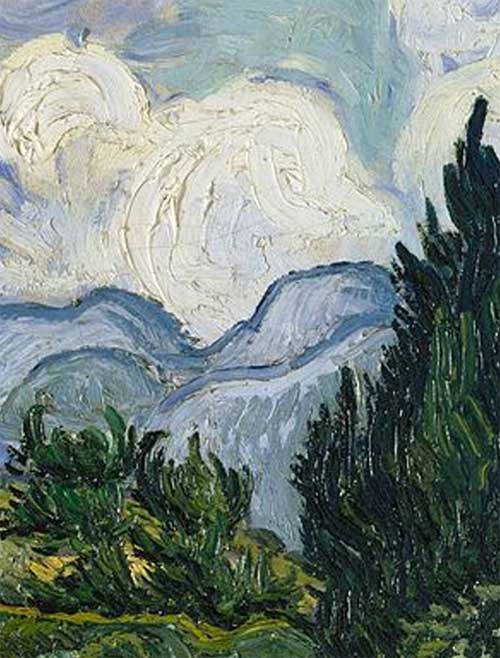
Detail from ‘A Wheatfield, with Cypresses’ by Vincent Van Gogh showing the thick impasto
